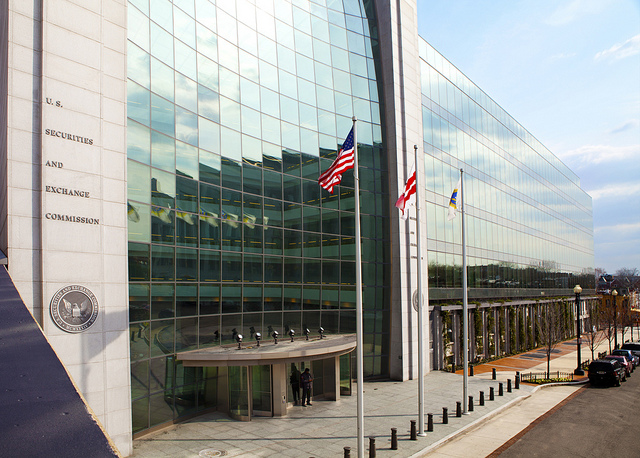On Tuesday, credit rating agency Standards & Poor’s entered a $1.375 billion settlement with 18 states over the alleged inflated ratings it gave mortgage-backed securities which eventually turned toxic.
Pennsylvania is receiving a $21.5 million chunk of the settlement. Of that money, $15 million will be distributed among state agencies, including pension systems.
Two of Pennsylvania’s pension systems – the Public School Employees Retirement System and the Pennsylvania Municipal Retirement System – will receive a slice of the $15 million.
More from PennLive:
Pennsylvania is to receive $21.5 million from a proposed $1.38 billion nationwide settlement over misconduct allegations against Standard & Poor’s Financial Services LLC, the country’s largest credit ratings agency, [Pennsylvania] Attorney General Kathleen Kane said Tuesday.
[…]
“We contend that Standard & Poor’s set aside its independence and objectivity in order to increase its profits, which led to disastrous results for consumers and the economy,” Kane said in a press release. “This historic settlement ends years of litigation against an industry giant and holds this company accountable for its role in the financial crisis. Attorneys General from across the country and the federal government joined together in a bipartisan fashion to show that no company is above the law.”
[…]
She said $15 million of the settlement is to be distributed to the state treasury, Public School Employees Retirement System, Pennsylvania Municipal Retirement System and the Turnpike Commission, agencies that purchased the S&P rated securities. The rest will pay litigation and investigation costs, Kane said.
The Justice Department statement on the settlement, which includes a list of the states receiving money, can be read here.
Photo credit: “Flag-map of Pennsylvania” by Niagara – Own work from File:Flag of Pennsylvania.svg and File:USA Pennsylvania location map.svgThis vector image was created with Inkscape. Licensed under CC BY-SA 3.0 via Wikimedia Commons – http://commons.wikimedia.org/wiki/File:Flag-map_of_Pennsylvania.svg#mediaviewer/File:Flag-map_of_Pennsylvania.svg

